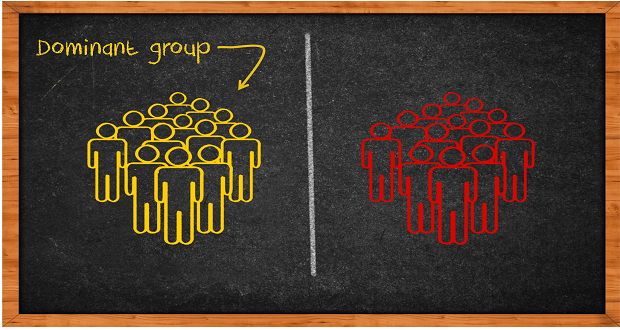
In the first part of the series we explored black identity development. Last week we discussed Latino identity development and this week we share a model on Asian American identity development. The model offered below was first advanced by Jean Kim in 1981.
- Ethnic Awareness Stage: Starts in early childhood around age 3 or 4. At this stage the family serves as the significant ethnic group model and depending on the amount of ethnic expression in the household, positive or neutral attitudes are formed.
- White Identification Stage: Begins once children enter school and peers and the school environment become key influences in propagating racial prejudice, which starts to negatively impact self-esteem and identity. Becoming aware of their difference leads to wanting to identify with white society and distance themselves from their Asian heritage.
- Awakening to Social Political Consciousness Stage: Means the adoption of a new perspective, usually associated with increased political awareness and an understanding of oppression and oppressed groups. The primary result is no longer wanting to identify with white society.
- The Redirection Stage: Characterized by a reconnection and pride with one’s Asian American heritage and culture. Anger about white racism may be a part of this stage.
- Incorporation Stage: Represents the highest form of identity evolution. It includes a positive and comfortable identity as Asian American and a respect for other racial/cultural groups. The feelings of association for or against white culture are no longer an issue.


















